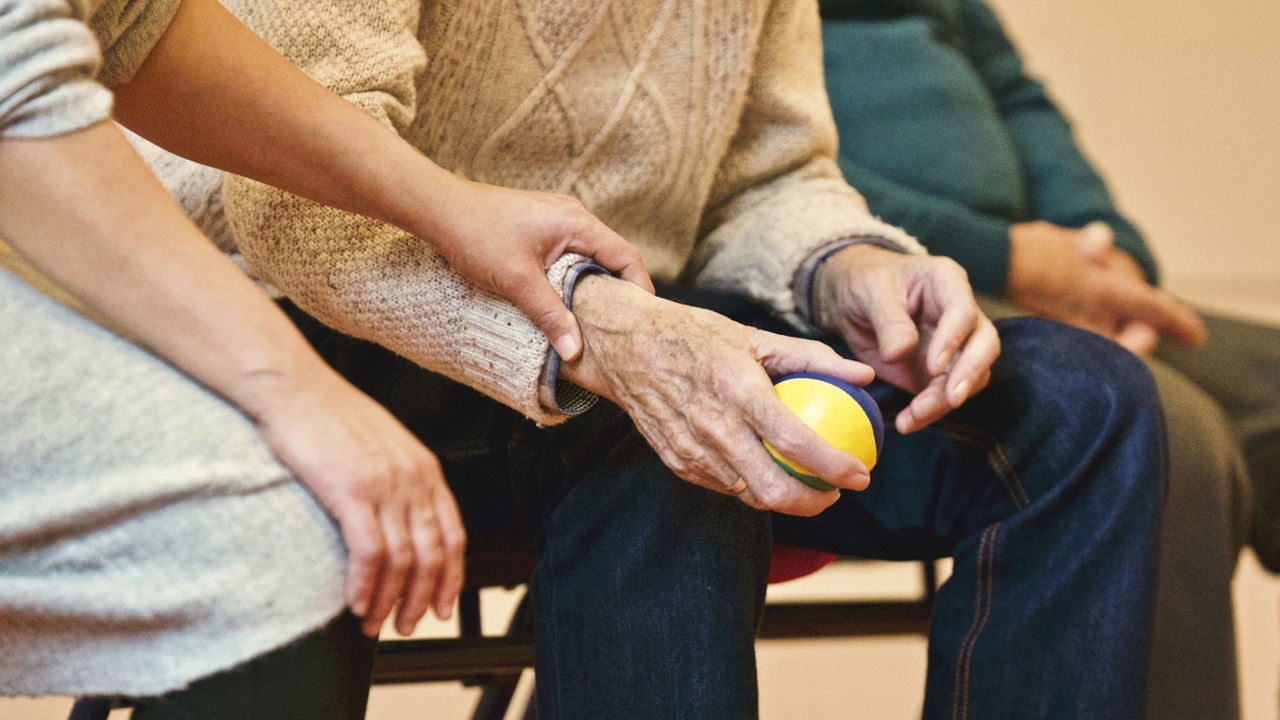The coronavirus pandemic has led to rapid change in the delivery of healthcare, including the use of technology to facilitate remote care. Some conditions, such as arrhythmias, that would never have previously been treated remotely are now being treated by physicians through telehealth.
Because arrythmias are a serous cardiac condition that can be life-threating, physicians historically required patients to come to the office for monitoring and exam. However, recent events have made this inadvisable. As a result, doctors have been on the hunt for alternatives.
In an electrophysiology clinic at Duke University, more than 90 percent of visits were converted to telehealth in March when less than 5 percent of encounters were conducted remotely prior to that. However, there are considerations that need to be taken into account if this transition is to become permanent. Here’s what you need to know about the current state of remote electrocardiogram (ECG) monitors and potential future developments.
The Role of ECG Monitoring in Outpatient Medicine
The conversion to telehealth has caused some concern among both doctors and patients. This is because it increases reliance on technology, which can fail for any number of reasons. Additionally, some practitioners remain unsure that remote monitoring devices are as effective as traditional monitoring.
Despite these concerns, many medical centers across the United States have begun incorporating these devices into their treatment plans. The use of remote ECG monitors could help answer many of the lingering questions about their efficacy and build confidence regarding their use for electrophysiology patients. Ambulatory telemetry has long been used to assess patient response to new antiarrhythmic medications, but comfort level with the technology never increased to the point of using it for constant mobile monitoring.
Remote ECG Use during the Pandemic – Drawbacks and Benefits
During the pandemic, minimizing in-person visits was necessary. However, some practitioners recommend returning to traditional face-to-face care once infection rates drop. Currently, not all heart conditions can be monitored remotely. Additionally, many physicians are concerned that continuing to delay in-person meetings with their patients will lead to unchecked progression of disease and lead to other serious conditions.
The conversation about the efficacy of technology has also been driven by the treatment of COVID-19 patients. The novel coronavirus has been linked to arrhythmias in many patients and some treatments being used, such as hydroxychloroquine, can predispose people for serious issues like ventricular fibrillation.
A research letter published in the Journal of the American College of Cardiology advocated for the use of mobile outpatient cardiac telemetry monitoring for patients with COVID-19. It was particularly recommended for coronavirus patients who are being treated with drugs which are known to prolong the QT interval in heart rhythms and potentially predispose patients to serious arrythmias.
There Is a Growing Market for Commercial ECG Devices
The monitoring devices used by physicians are different than those available commercially. In the past, patients who required remote monitoring were prescribed Holter monitors or event recorders. These devices are cumbersome and are not generally suited for long-term use. Commercially available devices, on the other hand, are generally easy to use and suitable for long-term monitoring. The goal is to create devices with the accuracy of those used by medical professionals that are small, simple to use, and able to function long-term.
ECG technology is being developed for use on mobile devices ever since it was introduced on the Apple Watch. Most recently, Samsung announced that its Galaxy Watch 3 will feature improved biometric features, including ECG monitoring. However, this feature has not yet gained clearance from the FDA for American customers and will not be available until that happens. Apple has received FDA approval for its ECG tech, and a growing body of published studies supports its accuracy. Another leading commercial device is Kardia from AliveCor, which offers both single- and six-lead options.
As ECG monitoring devices become more common, the clear differentiating factor between them remains software and the ability of the CPU to differentiate between normal and abnormal rhythms. Both Apple and AliveCor have done due diligence to ensure the accuracy of their devices. Unfortunately, other companies have similar devices on the market whose efficacy have not been proven.
As a result, the market is not the best indicator of which devices are accurate enough to be used by patients with arrythmias to ensure their conditions do not worsen. This means that physicians may be hesitant to adopt these consumer technologies until they can trust patients to choose the proven products rather than those that may be less expensive, but also far less reliable.
The Future of Wearable Personal ECG Devices
Moving forward, personal, wearable ECG devices may play a larger role in patient care. These devices generally record ECG readings for later review in addition to alerting wearers of any potential problems. While the value for patients is the alert feature, having a comprehensive record of patients’ heart rhythms can prove useful for medical practitioners providing treatment.
Physicians can review ECG readings to provide more insight into patients’ conditions. Importantly, these ECG readings can be sent out remotely from patient to physician. This negates the need for in-person interaction while continuing to provide high-quality care.
According to current research, the readings from these personal devices, especially high-quality ones, is close to that provided by a traditional, 12-lead ECG machine. Monitors are also effective for diagnosing atrial fibrillation. However, more research is required to develop devices that can accurately identify symptoms associated with other conditions.
In the meantime, studies continue suggesting that physicians manually read the strips from these devices. Moving forward, it will be interesting to see how the devices improve and how they get adopted more fully into a clinical environment. Especially now, when we are encouraged to stay home as much as possible, innovations may come quickly.

